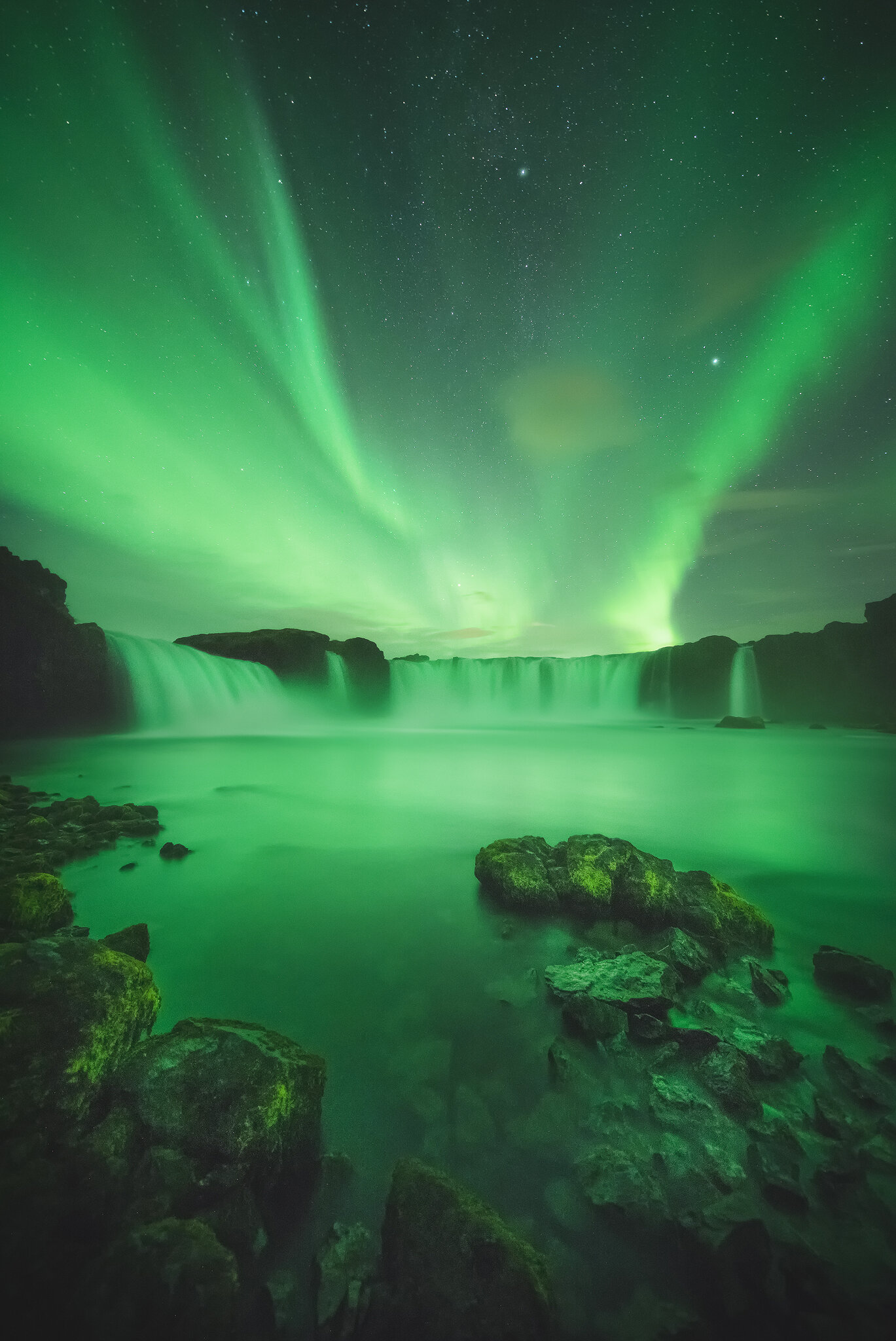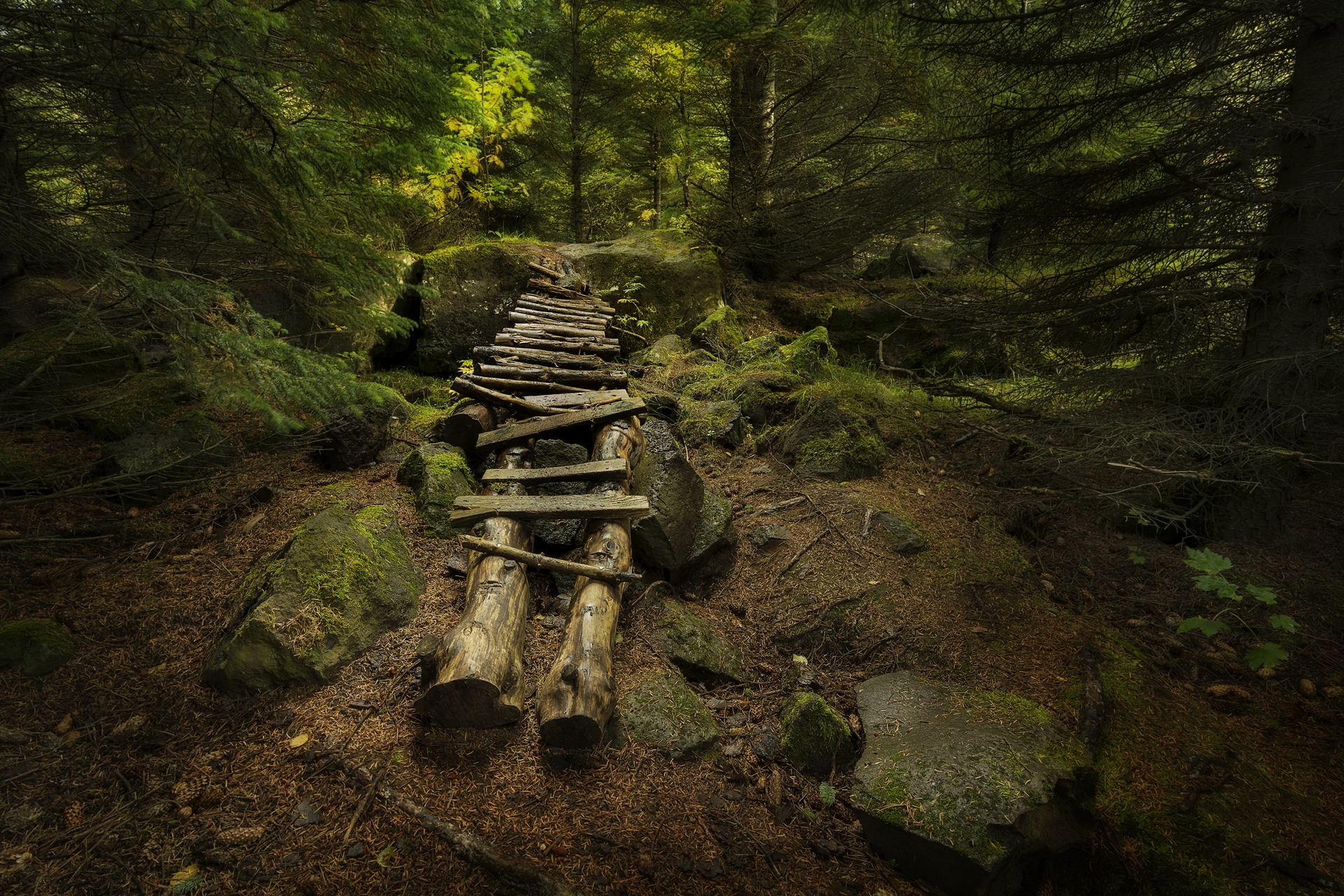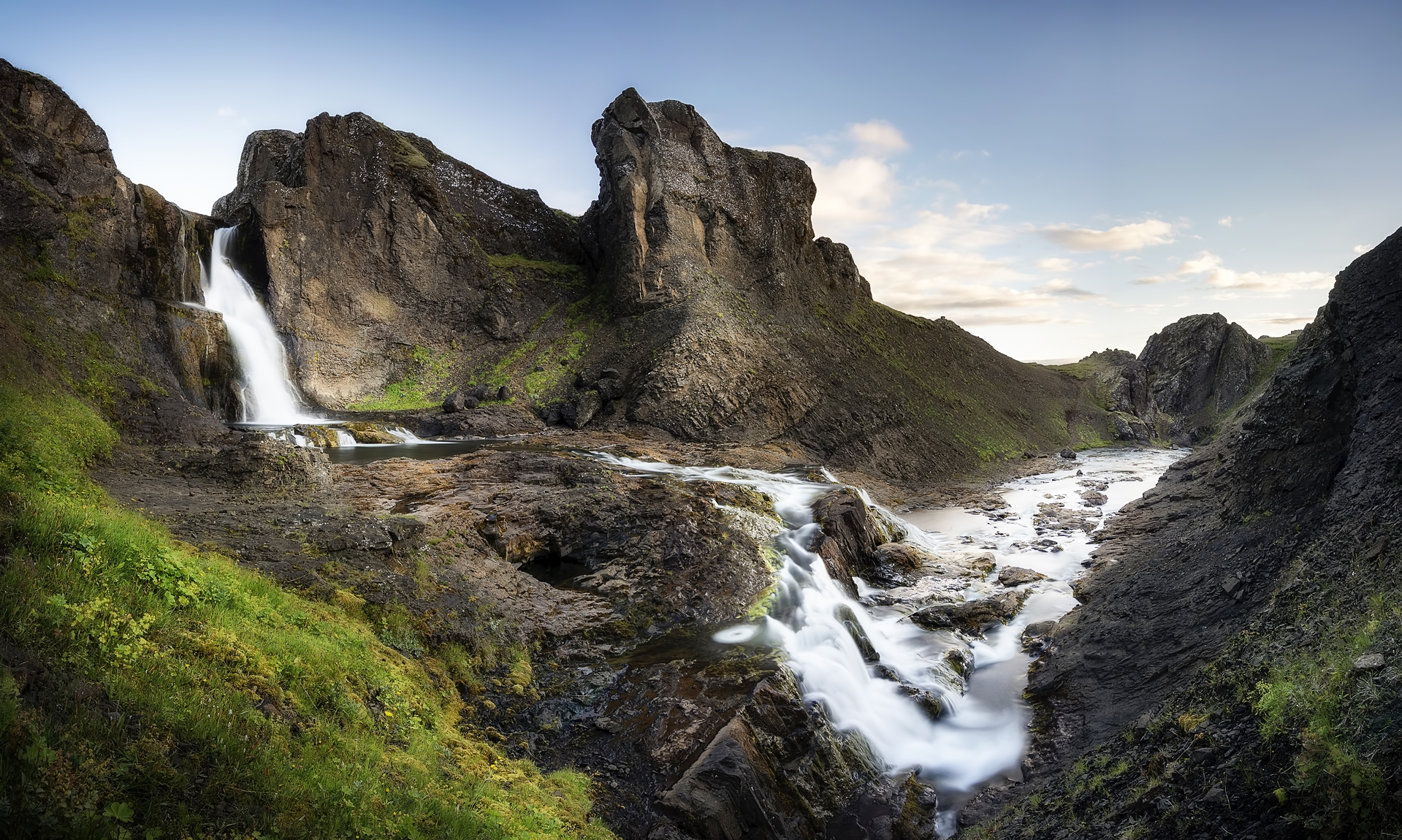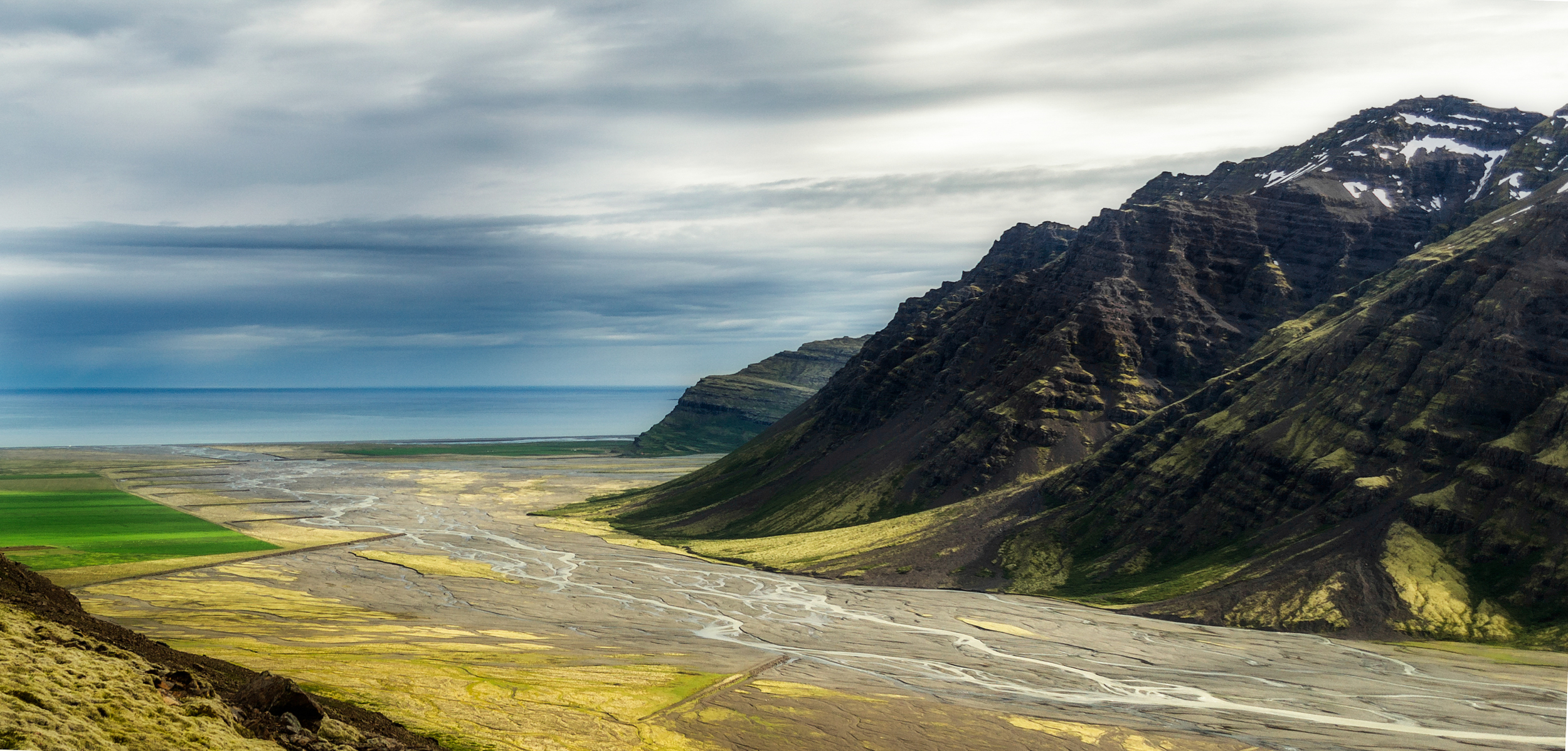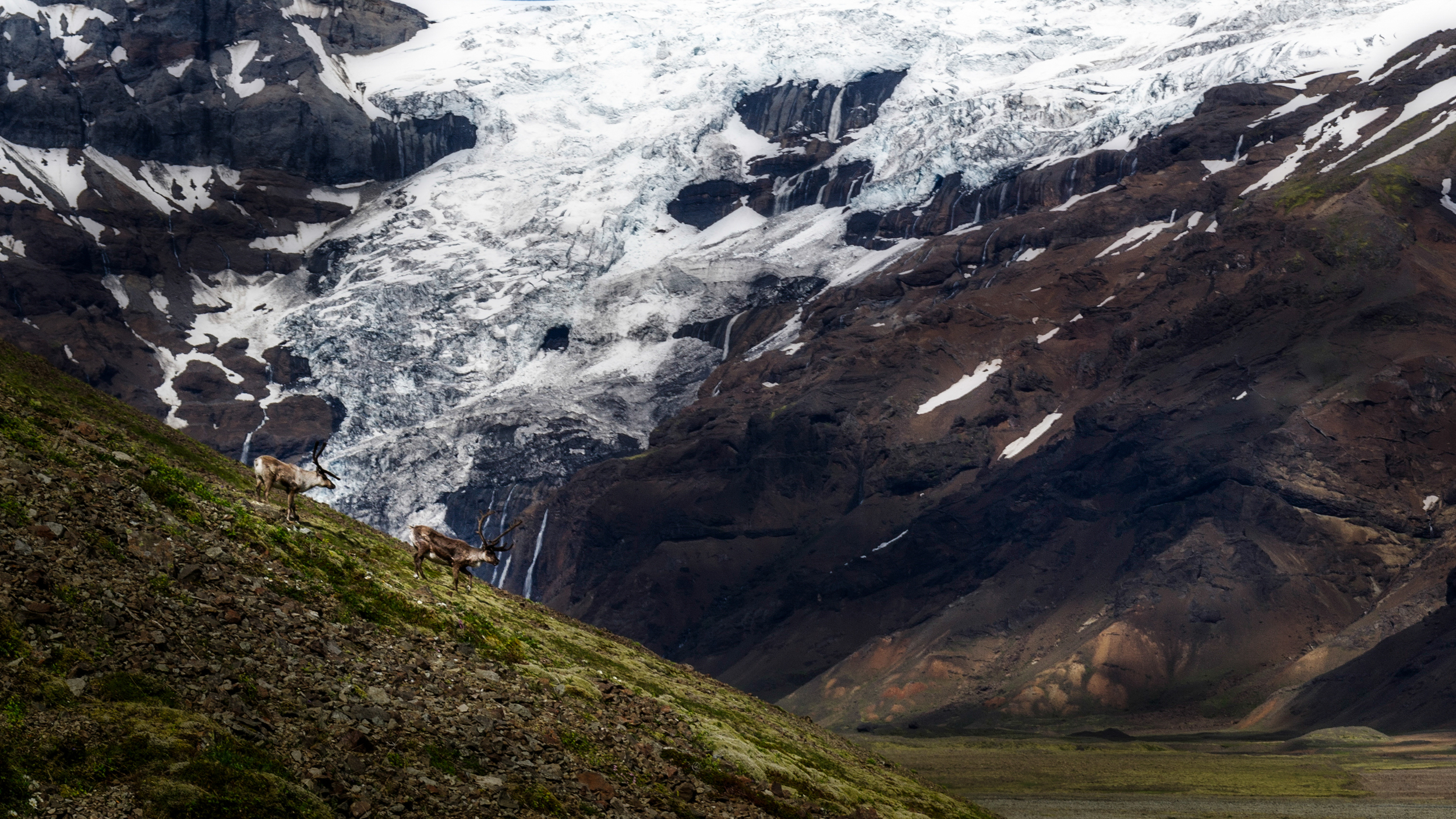Having a DSLR camera is just one part of the story. What truly makes a difference is - piece, or more precisely, pieces of glass that you put in front of your camera. You can get decent images by shooting with a bad camera and with a good lens. However, if you put a bad lens on a good camera, flaws of that lens will be even more visible.
There are few things to consider when choosing a lens. Lenses are very complex in their structure, built quality and materials. All of that play important role in its price tag. I don´t want to suggest which particular lens is good and which ones to avoid. There are very good sites, where you can go and compare yourself. To name a few - www.dxomark.com, www.dpreview.com or www.lenshero.com. I do, however, want to talk about points, that you should be aware of when thinking of lenses.
To me, the most important aspect of a lens is how sharp it is. Then comes dynamic range or how good it captures colors and bokeh (how it deals with blurred background). Every lens has two main attributes - focal length and f-stops. Focal length determines wideness of your frame. F-stop determines wideness of the aperture. Smaller the number, brighter the lens. So, depending on what you want to shoot, what kind of conditions are you going to be shooting in, will determine, what kind of lens you need.
For landscape shots it is suggested to choose a wide angle lens. Something in between 12-24 mm. This way you can fit a mountain range in your frame without a problem, as well as capture huge scenes. Wide angle lens also increases the size of the foreground in relation to the background, so it seems much closeer to the frame, than it actually is. Example here - https://www.flickr.com/photos/77354897@N07/15715360492/
Another way of shooting landscapes is using a telephoto lens - something that can zoom up to 200mm or further. This way, you can achieve amazing perspective of viewing a scene from a great distance, still capturing great details. Example - https://www.flickr.com/photos/77354897@N07/15715222042/
Generally, when shooting landscapes, you must use a tripod. Good, sturdy tripod. To get a sharp image and capture all the details, there can not be any shaking of the camera. Hence, number of f-stops is not as vital as it would be in other cases. Moreover, to get a great depth of field, to get everything in focus, you will need to use higher aperture, which decreases amount of light going through, so shooting landscapes hand held becomes near impossibility.
People usually ask, what is the best aperture to shoot in. Sure, if you are shooting a wide scene, you want everything in focus, but switching to the highest aperture is not really an option, because lens will not perform well. First, you must calculate, what kind of aperture you need to use, to get your subject and everything else in the frame in focus. For that there is a good tool - www.dofmaster.com. Second, every lens has a ''sweet spot'', or number of f-stops at witch it will perform the best. For zoom lenses it´s a combination of focal length and f-stop. In other words, there is a certain focal length and certain aperture at which you will get the sharpest image.
In conclusion, i would like to mention the difference in prime and zoom lenses. Prime lens, or a lens with a fixed focal length, will perform better than a zoom lens. It´s due to its more simpler construction. I know, we are very used to zooming in and out all the time and loosing this ability feels like you are limited in some ways. I found, however, that it makes me move around the scene, find more interesting angles and points of view. I would say, do not fear of loosing your ability to zoom, you can always do that with your legs.





